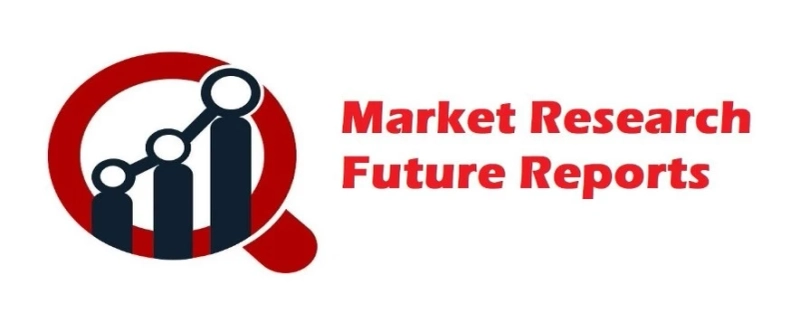Market Overview:
Skin Cancer Market is expected to reach USD 602.4 Million to grow at a CAGR of 7.80% during the forecast period 2022-2030.
The global skin cancer market has witnessed significant growth over the past decade, driven by an alarming increase in skin cancer cases worldwide, advancements in diagnostic technologies, and an expanding pipeline of innovative treatments. This article delves into the current trends, major innovations, and future prospects of the skin cancer market, providing a comprehensive overview for stakeholders and healthcare professionals.
Innovations in Diagnosis and Treatment:
Early and accurate diagnosis is crucial for effective skin cancer management. Recent innovations in diagnostic technologies have significantly enhanced early detection capabilities. Dermoscopy, a non-invasive, in vivo technique, has become a standard tool in dermatology, allowing for the detailed examination of skin lesions. Additionally, digital dermoscopy and teledermoscopy enable remote diagnosis and monitoring, expanding access to expert consultations.
Artificial intelligence (AI) and machine learning (ML) have revolutionized skin cancer diagnostics. AI-powered algorithms, trained on vast datasets of skin images, can now accurately identify and classify skin lesions, often surpassing the diagnostic accuracy of dermatologists. These tools are particularly valuable in primary care settings, where access to dermatologists may be limited.
Therapeutic Innovations:
The therapeutic landscape for skin cancer has evolved dramatically, with novel treatments improving patient outcomes and expanding market opportunities. Traditional treatments like surgery, radiation therapy, and cryotherapy remain essential, but new modalities are transforming the field.
Immunotherapy, particularly immune checkpoint inhibitors like pembrolizumab and nivolumab, has shown remarkable efficacy in treating advanced melanoma. These drugs work by enhancing the body\'s immune response against cancer cells. Moreover, combination therapies, involving immunotherapy and targeted therapies, are emerging as powerful strategies to overcome resistance and improve survival rates.
Targeted therapies, which focus on specific genetic mutations driving cancer growth, have also gained prominence. BRAF and MEK inhibitors, for instance, are effective in patients with BRAF-mutant melanoma. Additionally, the advent of precision medicine, which tailors treatment based on an individual\'s genetic profile, is paving the way for more personalized and effective therapies.
Key Players:
The skin cancer market players include F. Hoffmann-la Roche Ltd. and Novartis International AG from Switzerland, Sun Pharma Industries Ltd. from India, Elekta AB and Moberg Pharma AB from Sweden, Varian Medical Systems Inc., Cannabis Science Inc., Cellceutix Corp., Mylan Pharmaceutical Inc., Oncothyreon Inc., Eli Lilly and Co., Bristol Myers Squibb Co., Boehringer Ingelheim GmbH, Aqua Pharmaceuticals LLC, Valeant Pharmaceuticals Inc., Meda AB, iCAD Inc., and Merck & Co. Inc. from the United States, and LEO Pharma A/S from Denmark.
Market Segmentation:
The Asia Pacific Skin Cancer Market presents a diverse landscape categorized by type, treatment, and end users. Basal Cell Carcinoma, Squamous-Cell Carcinoma, and Melanoma constitute the primary types. In terms of treatment, the market encompasses Non-Invasive Treatments, Chemotherapy, Surgical interventions, and other modalities. End users include Hospitals and Clinics, Diagnostic Centers, Cancer Research Institutes, and other entities. This segmentation provides a comprehensive understanding of the market dynamics and facilitates tailored strategies for stakeholders across the region.
Regional Outlook:
The Asia Pacific Skin Cancer Market is delineated by region, with a focus on several key areas. Australia, Japan, China, India, and the Republic of Korea are among the prominent regions examined. Each region presents unique challenges and opportunities concerning skin cancer prevalence, treatment, and healthcare infrastructure. Additionally, the report encompasses an analysis of the broader Asia Pacific region beyond these specific territories, encapsulating a comprehensive overview of the skin cancer landscape across the continent.
Future Prospects:
The future of the skin cancer market growth looks promising, driven by ongoing advancements in research, diagnostics, and therapeutics. Emerging technologies, such as next-generation sequencing (NGS) and liquid biopsy, hold the potential to revolutionize cancer detection and monitoring. NGS allows for comprehensive genetic profiling of tumors, enabling the identification of novel therapeutic targets and resistance mechanisms.
Liquid biopsy, a non-invasive technique that analyzes circulating tumor DNA (ctDNA) in blood samples, offers a promising approach for early detection, monitoring treatment response, and identifying minimal residual disease. As these technologies mature and become more widely adopted, they are expected to further enhance the accuracy and timeliness of skin cancer diagnosis and treatment.
About Related Reports:


